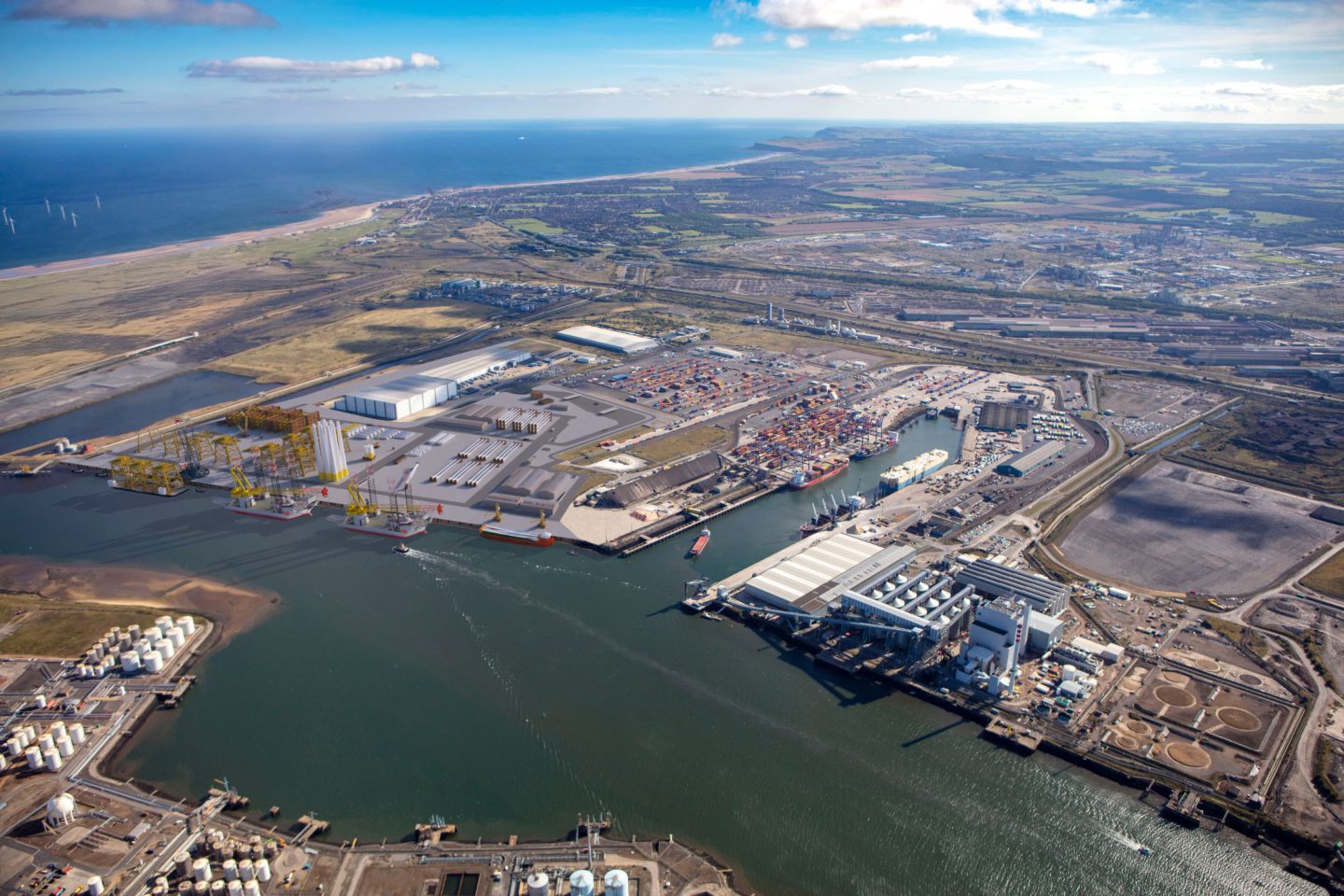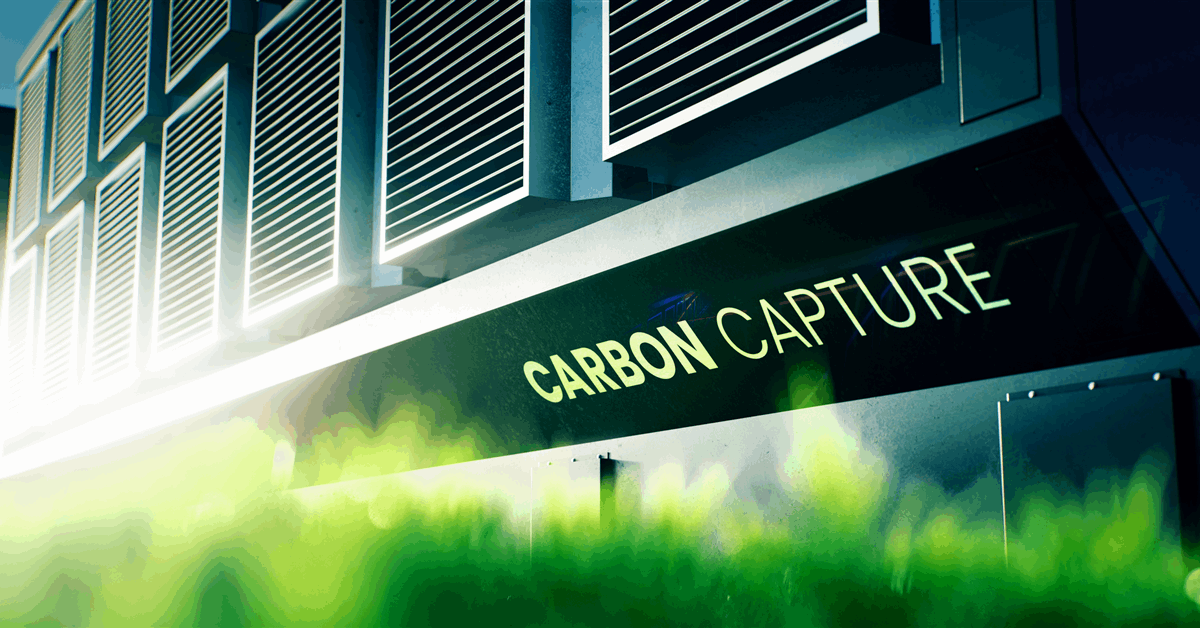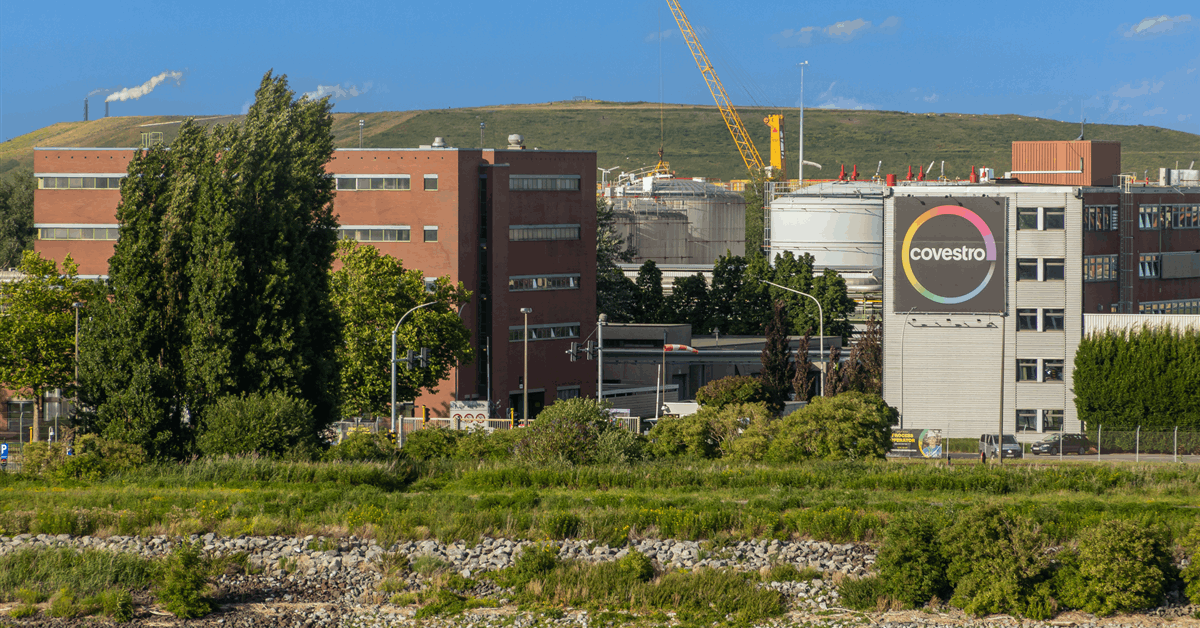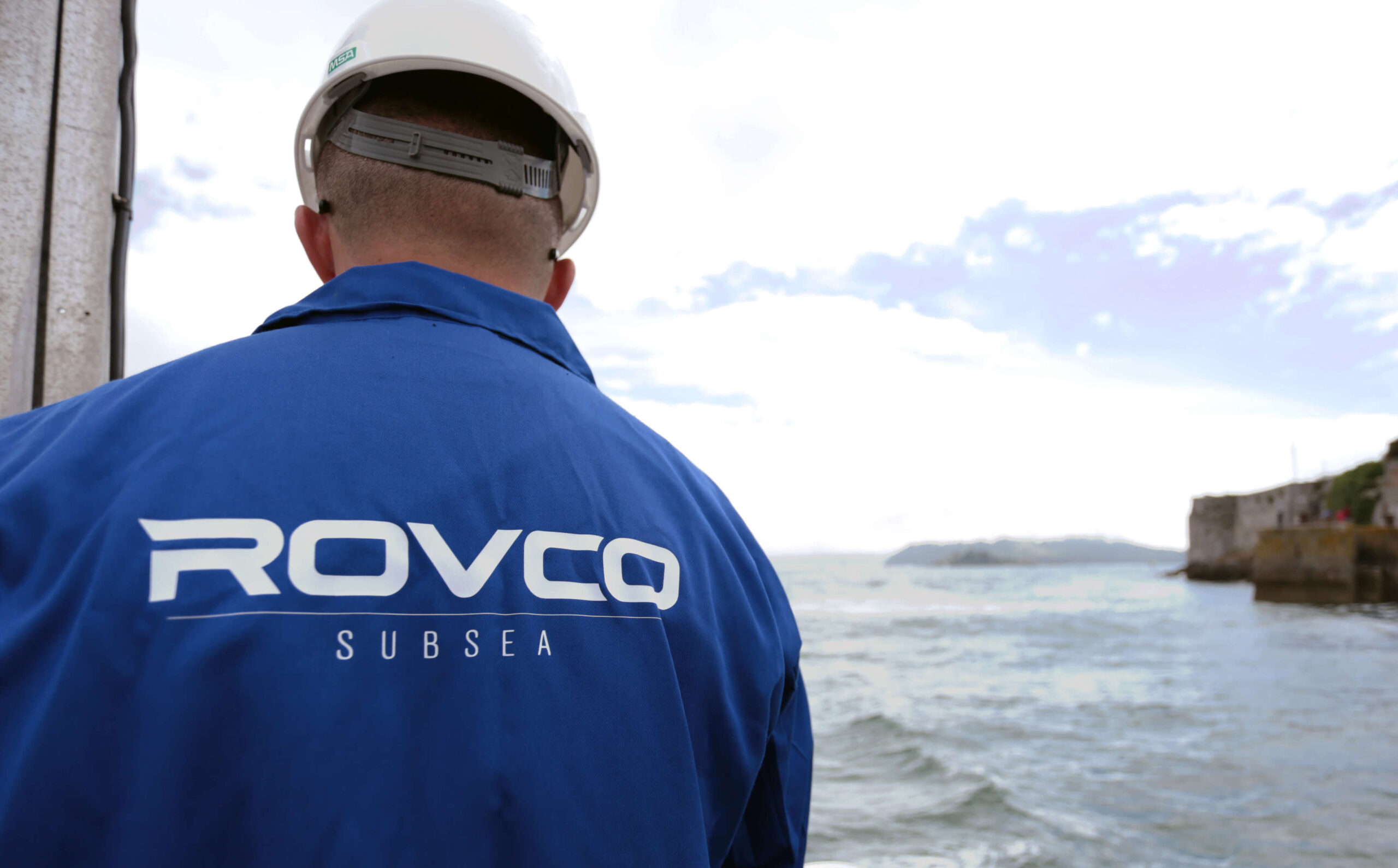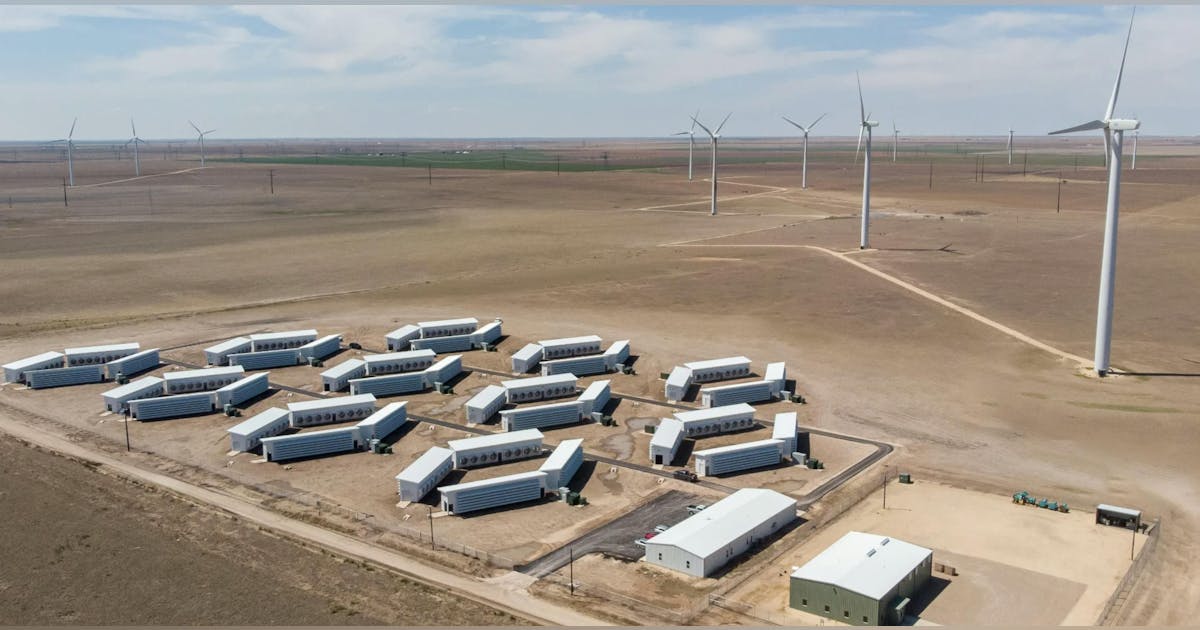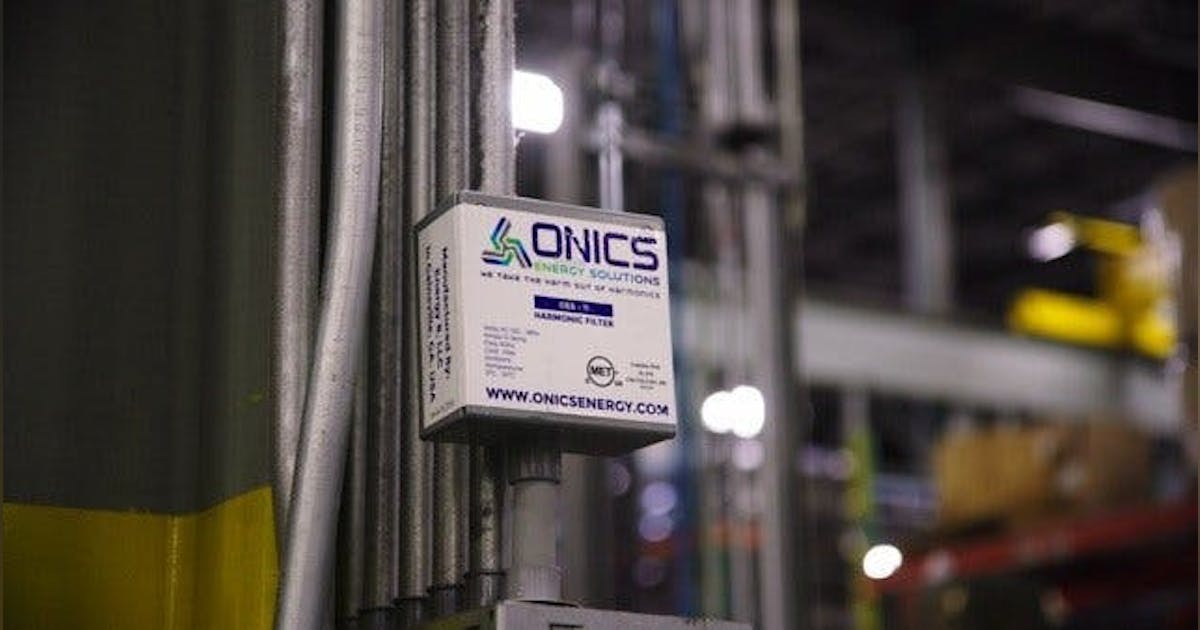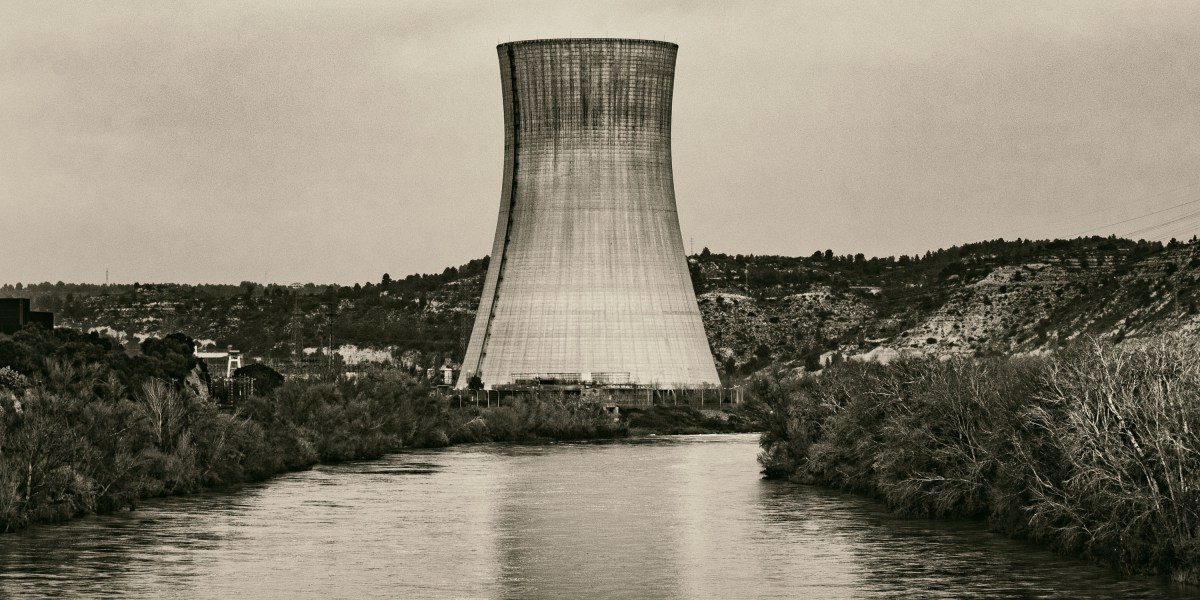As global energy markets shift, travel company ATPI has appointed Aberdeen-based Zara Higgins as its head of energy, a role previously held in Houston, Texas.
The UK and US, which were formerly largely aligned on energy transition policy, have become divided as politicians at either side of the Atlantic opt for widely different approaches to security of supply and sentiment towards green technologies, namely wind turbines.
Under Joe Biden, the US introduced the Inflation Reduction Act, which was seen as a game changer for renewables manufacturing and now under Donald Trump, Equinor has suspended the construction of its 2.1 GW Empire Wind project.
Despite this, ATPI’s customers are still pursuing lower-carbon opportunities, especially within travel plans.
Higgins told Energy Voice: “Regardless of what’s going on politically, I do think that all of these big companies are still trying to diversify and know that they’ve got to over the course of the next three, five, ten years and whatever that might look like.”
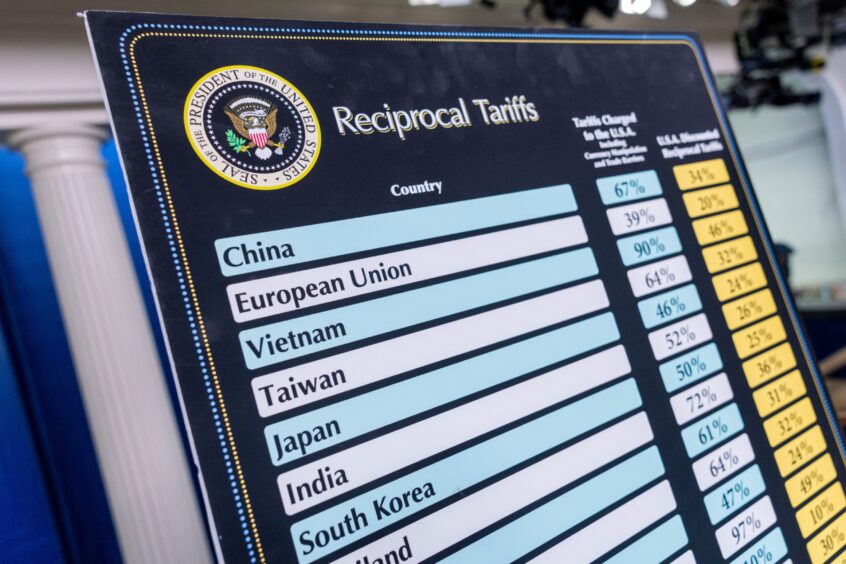 © Shutterstock Feed
© Shutterstock FeedWith that in mind, ATPI needs to ensure that “what we’re doing is in line with what the industry’s future looks like,” the new energy boss added.
Addressing the gulf in approaches between the UK’s approach, which has been seen as anti-oil and gas, to Trump’s “drill baby drill” mentality, Higgins said “it’s worlds apart in terms of what’s happening in North Sea versus what’s happening in other parts of the world, the US included.”
Ahead of the 47th US president’s inauguration, he took to his social media platform Truth Social to call for the UK to abandon its offshore wind ambitions and “open up the North Sea” as he claimed the country was “making a very big mistake”.
Moves made by the current US administration have sent shockwaves through the global energy market.
Following the introduction of tariffs last month, the share prices of major oil and gas and renewables players dropped.
In Europe, TotalEnergies, BP, Shell and Equinor all saw their share value slump in response to stock market uncertainty as American financial experts warned that the US could slip into recession.
Renewables change how people travel
ATPI would “be silly to put all our eggs in one basket and just do what the US are doing,” Higgins continued.
As a result, the firm is taking a balanced approach to working with all areas of the energy sector.
A big portion of ATPI’s work is made of contract with oil and gas and shipping firms, however, it is already branching out into wind operations as well.
The firm has been working with the business behind the London Array offshore wind farm, which recently signed a 10-year corporate power purchase agreement with five independent retail co-operatives to supply electricity to over 400 locations across the UK.
 © Supplied by Pawel Kuncewicz
© Supplied by Pawel KuncewiczHiggins said ATPI is diversifying its offering for renewable energy firms as they don’t typically rely on large crews to operate.
This makes their travel needs “completely different,” Higgins said.
“They’re not sending mass crews out to work on oil rigs or moving crews from Indonesia or India to go work on board a shipping vessel,” she explained.
“It’s not the easiest of travel to manage… it’s just different because we’ve got to be able to find accommodation at some really obscure locations.
“So, it changes from booking hotels to booking apartments or even booking caravan parks.”
Have Aberdonian energy workers changed how they travel?
 © Supplied by Paul Glendell 01/06/
© Supplied by Paul Glendell 01/06/In addition to changing how travel is booked for renewable energy workers, some industry commentators have claimed that more people from the UK are taking their skills to foreign projects.
As firms look to reassess their spending in the UK and uncertainty looms large over the country’s oil and gas sector, there have been fears that those who have honed their skills in the North Sea will look elsewhere for work.
Higgins, had a slightly different take: “I always see it in the news, and I see stuff on socials, but I don’t think people are just necessarily moving locations just purely to do the work.
“I actually think a lot of the expertise across the supply chain sits in Aberdeen, and internationally other companies need that expertise and that’s where we see people moving.
“So, I don’t think it’s necessarily that people are just looking to go and work internationally. It’s always been there. It’s just because there’s less work naturally in the North Sea because of what’s going on in our own sort of political landscape here.”
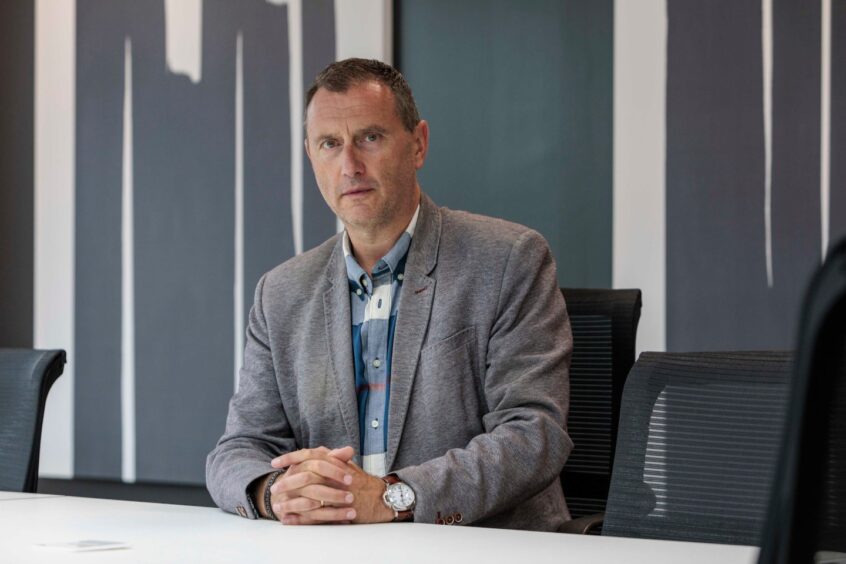 © Supplied by AGCC
© Supplied by AGCCSuppliers from the UK have a long-standing tradition of sending skilled UK-based workers to emerging markets. However, as the quantity of work in the North Sea declines, international travel ramps up.
Recently, Aberdeen and Grampian Chamber of Commerce boss Russell Borthwick told Energy Voice about the issues facing manufacturing firms in the north-east of Scotland.
“Because we have chosen, politically, to accelerate the decline of traditional North Sea activity more quickly than it needs to happen and before we’ve got scale, investment. projects and jobs in renewables, we are creating a void where people are going to lose their jobs and where companies are going to fail,” Borthwick explained.
Higgins said that travel firms have “always seen” suppliers, particularly smaller businesses, “move crews of people to Angola to Nigeria, to Taiwan,” and now this is happening for wind as well as the hydrocarbon market.
Being ‘immersed in the industry’
Higgins will retain her current title of general manager of Scotland while taking on the energy brief.
The new energy boss will take over from Judy “JP” Peplinski as she moves from her current role as managing director, USA, to head of global strategy for ATPI.
Higgins has been running the energy division “unofficially for the past two years,” she explained.
“I’ve been working incredibly closely with JP… this is just making it more official as an organisation and also to the wider group,” she said.
 © DCT
© DCT“It will be something that will be changing from always being headed up in Houston and then we’re going to bring that here so that we’ve got a bit more control over what goes on in the energy business line here and then how we can manoeuvre with the rest of the world as well and bring it together.”
However, the shift in management of the energy business across the pond is less a reflection on policy drivers in either country, and more to do with experience.
“You have to be immersed in the industry to be able to continue to support it regardless of what type of supplier you are,” Higgins added.
‘Do things a little bit better’
When firms look to move workers across the world, “one size doesn’t fit all” in terms of travel options, the ATPI general manager of Scotland explained.
With that in mind, the Aberdeen-based travel firm is aiming to slash the emissions of its clients.
“We hear a lot of noise about what we do as an industry because we are manoeuvring people around the world… I mean these flights are still very much powered by jet fuel and that’s not seen to be sustainable either,” Higgins said.
This presents a new challenge as the energy workforce has always been international, with those based in Scotland having travelled to other countries for decades and vice versa.
“From our perspective,” she added, “A lot of the talent pool for working internationally still sits in Aberdeen.
“So, in terms of what we’re doing and what we’re booking, we’re actually moving a lot of the personnel around the world to do the jobs in other parts of the countries.”
Higgins said that in the oil and gas industry “work needs to be done, people need to be able to travel”.
“The answer for us isn’t for people to just stop travelling, it is to try and do things a little bit better.”





